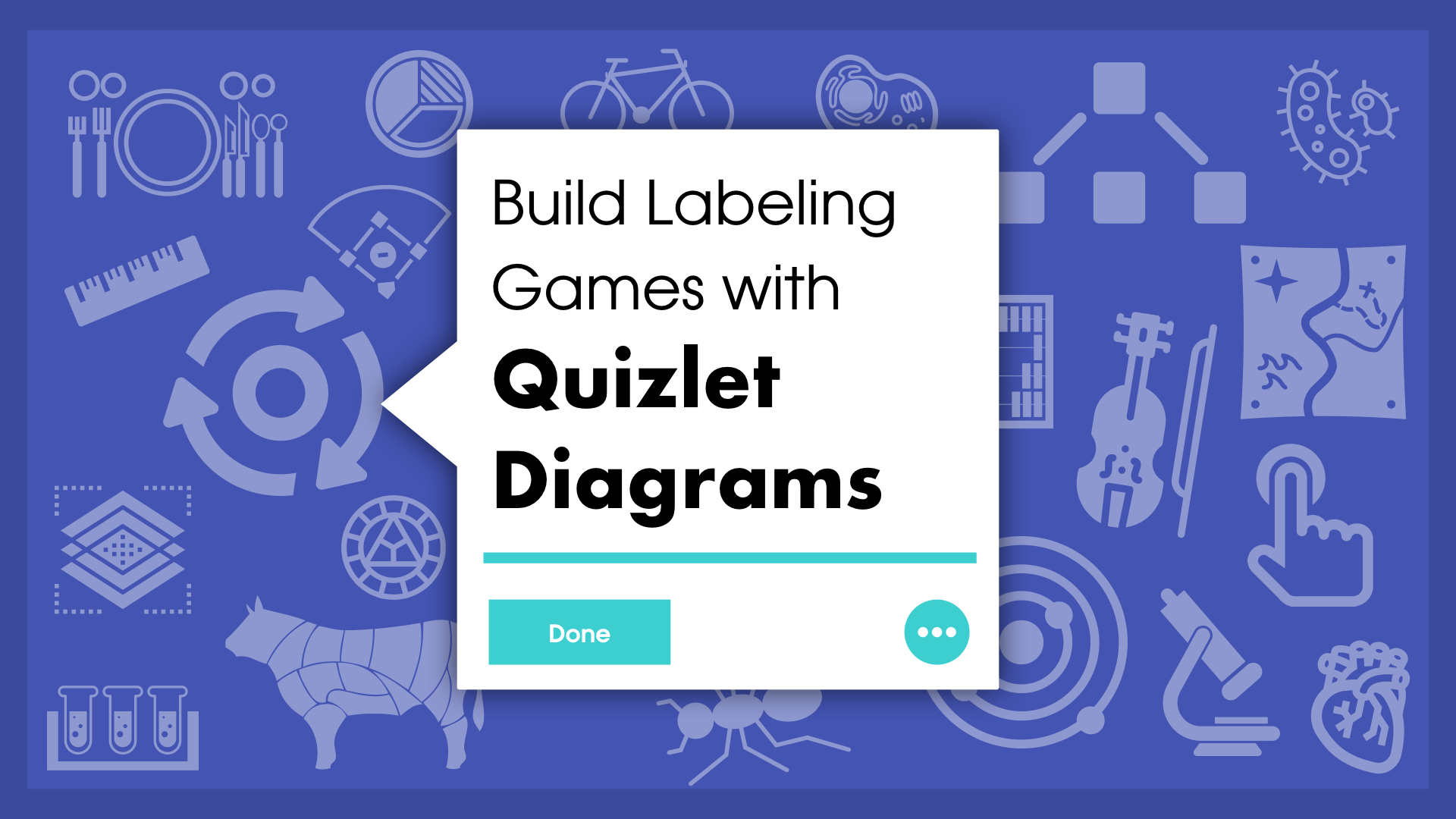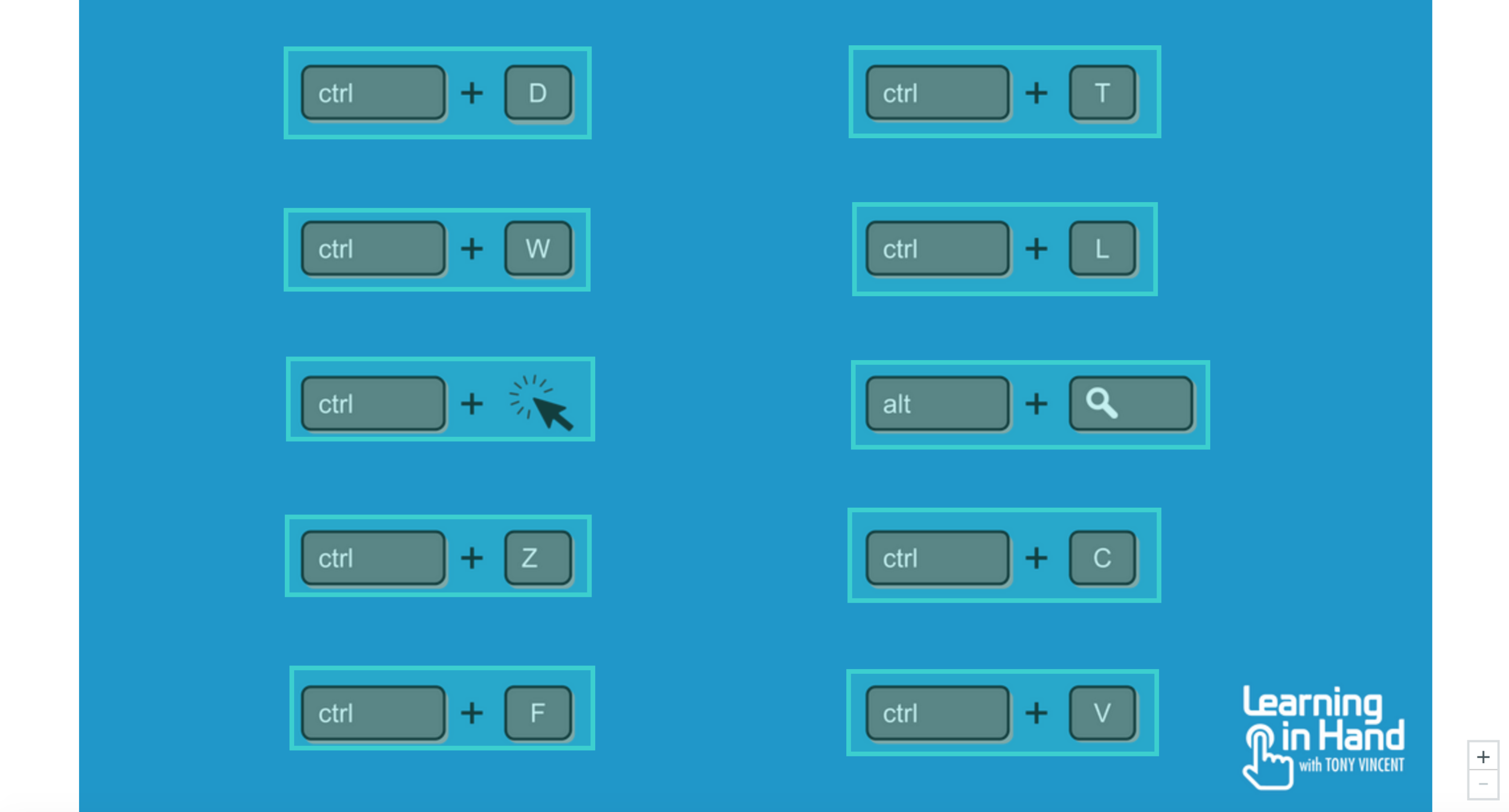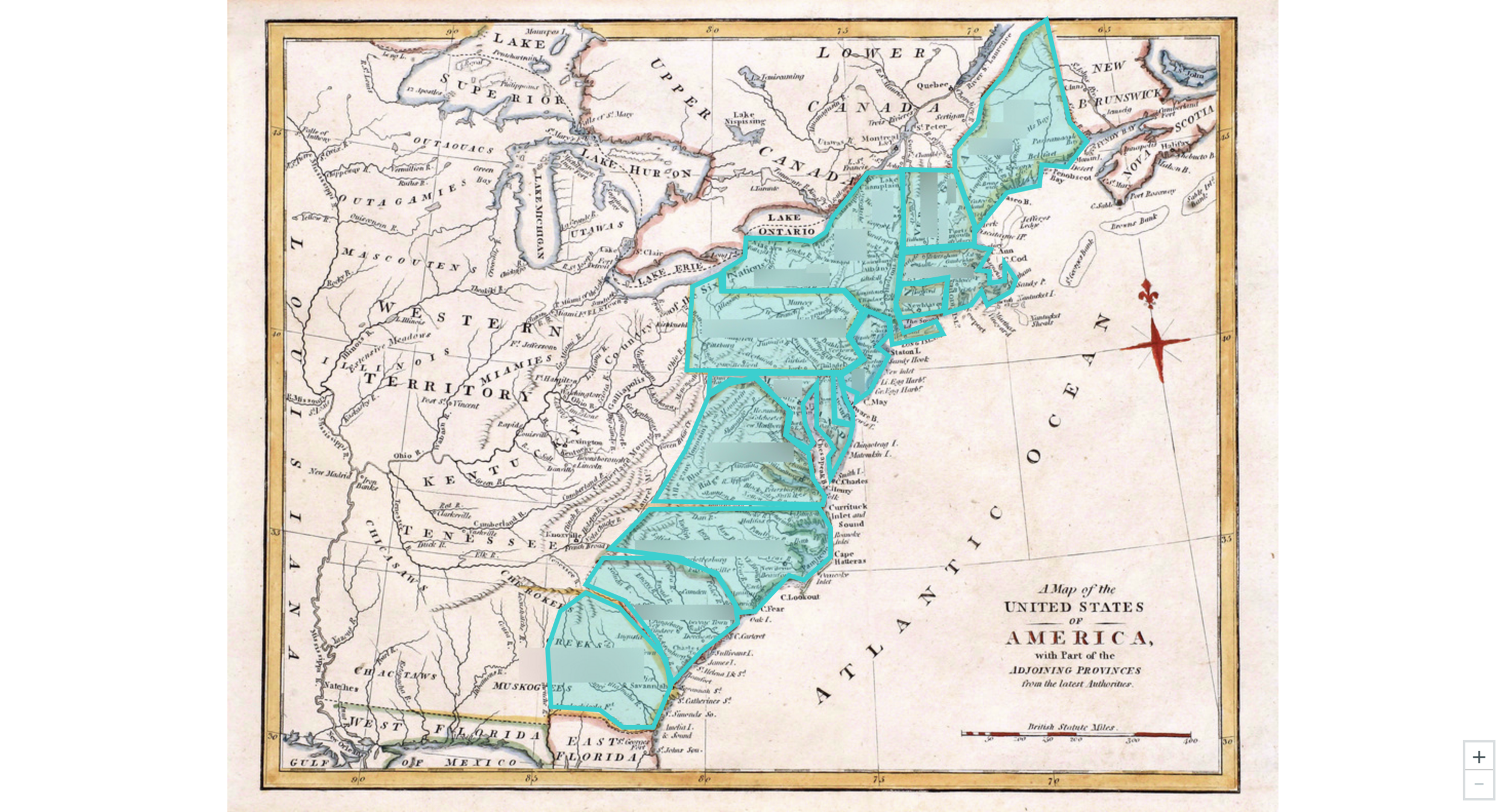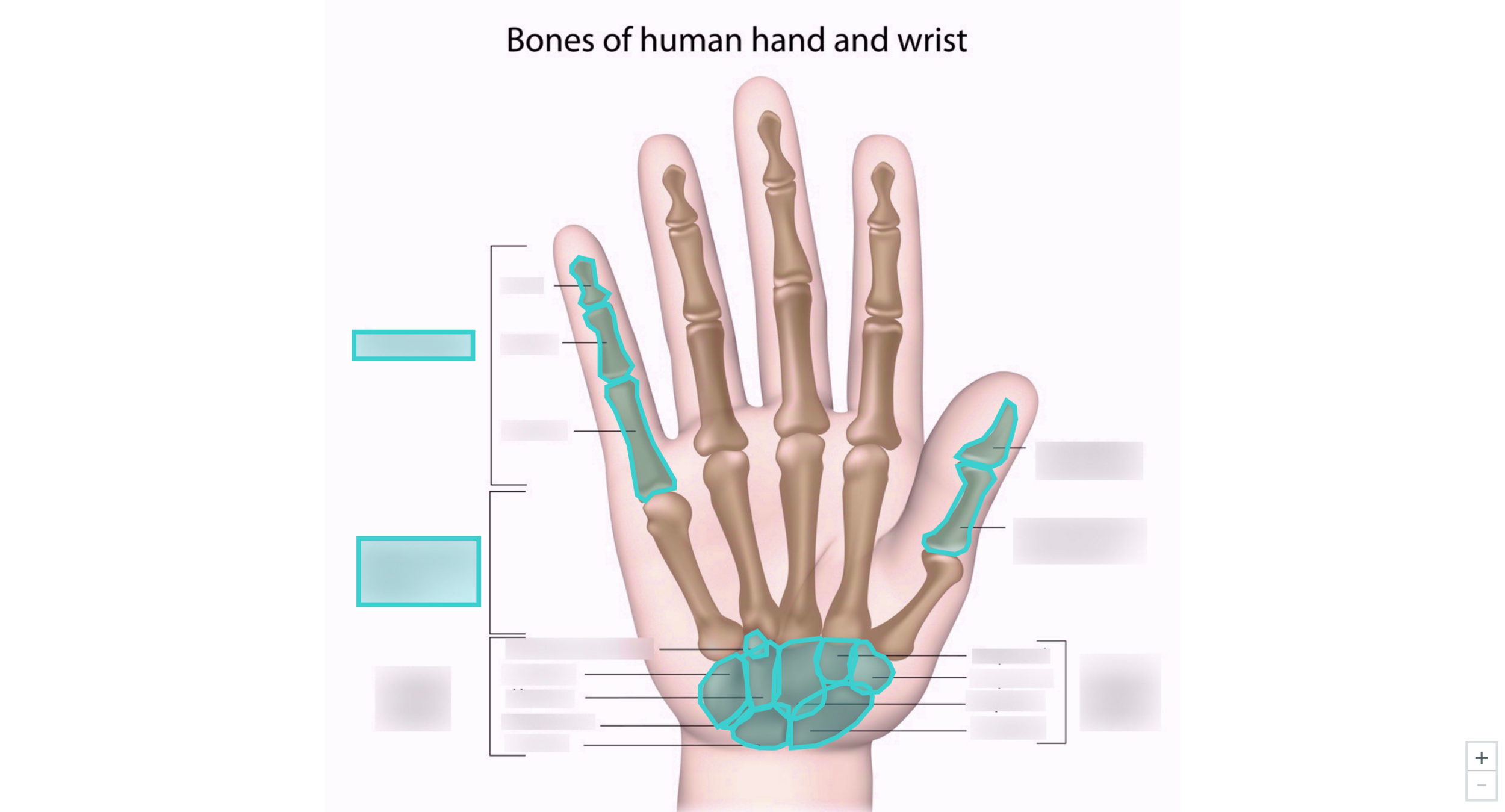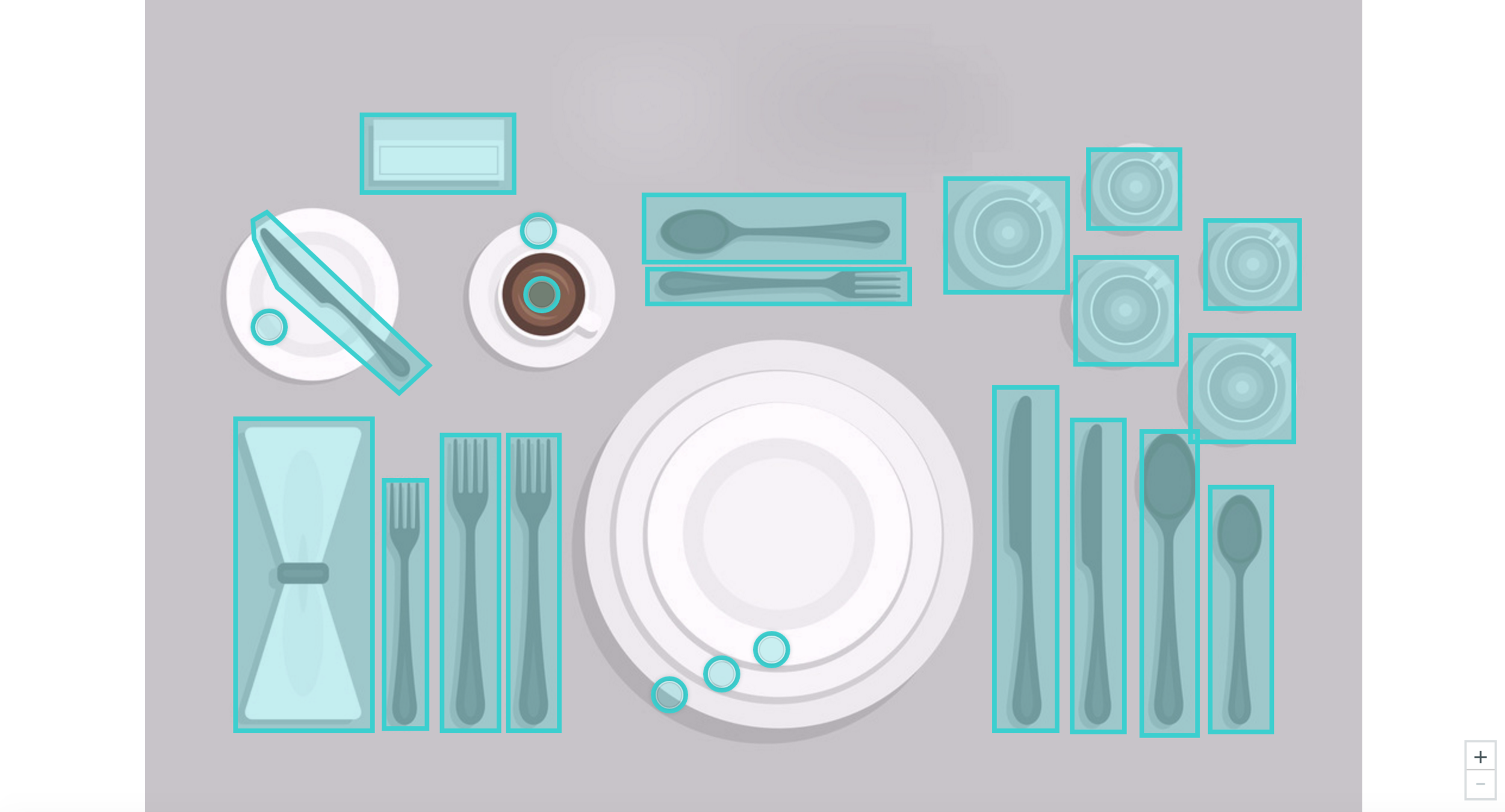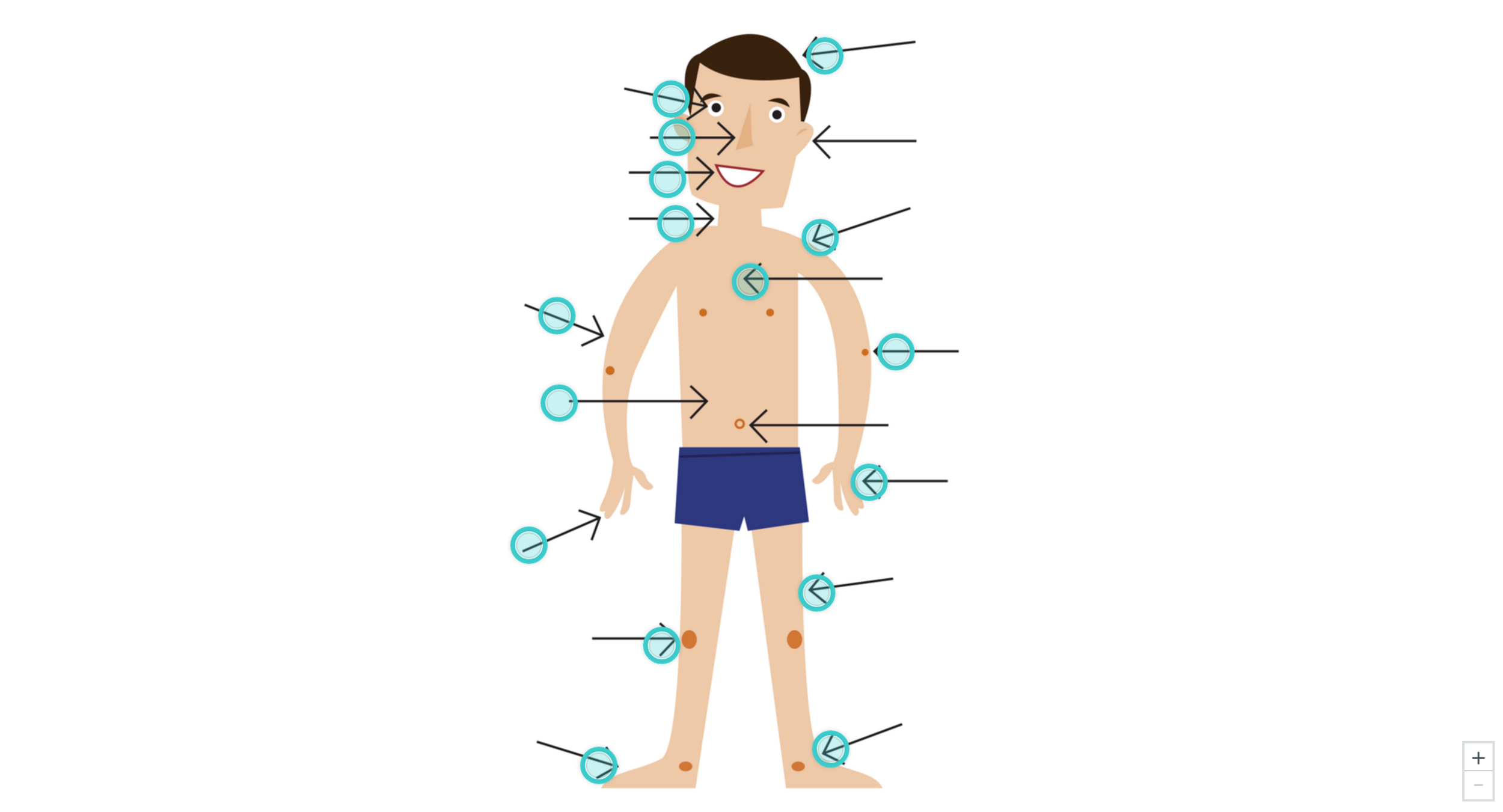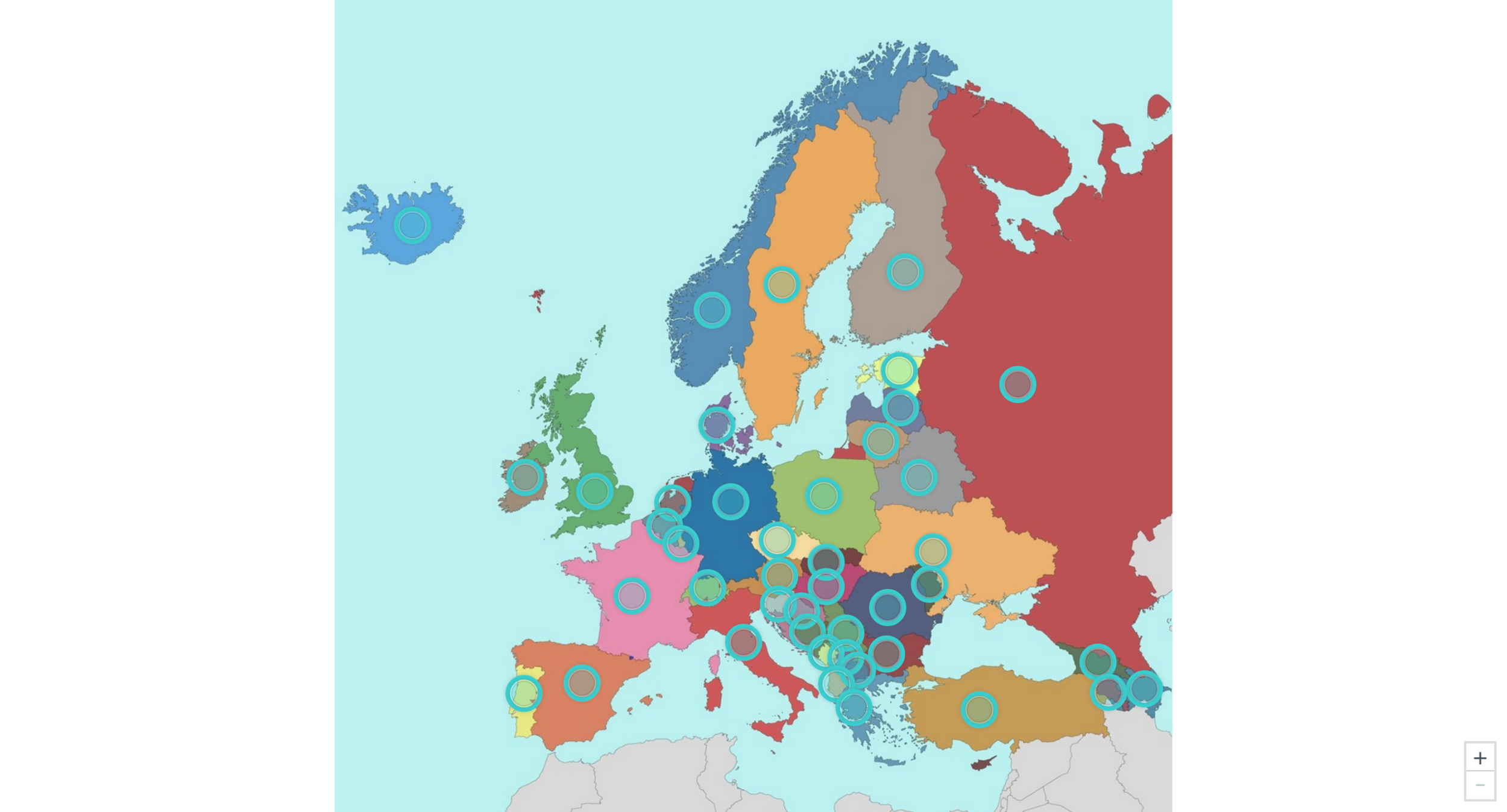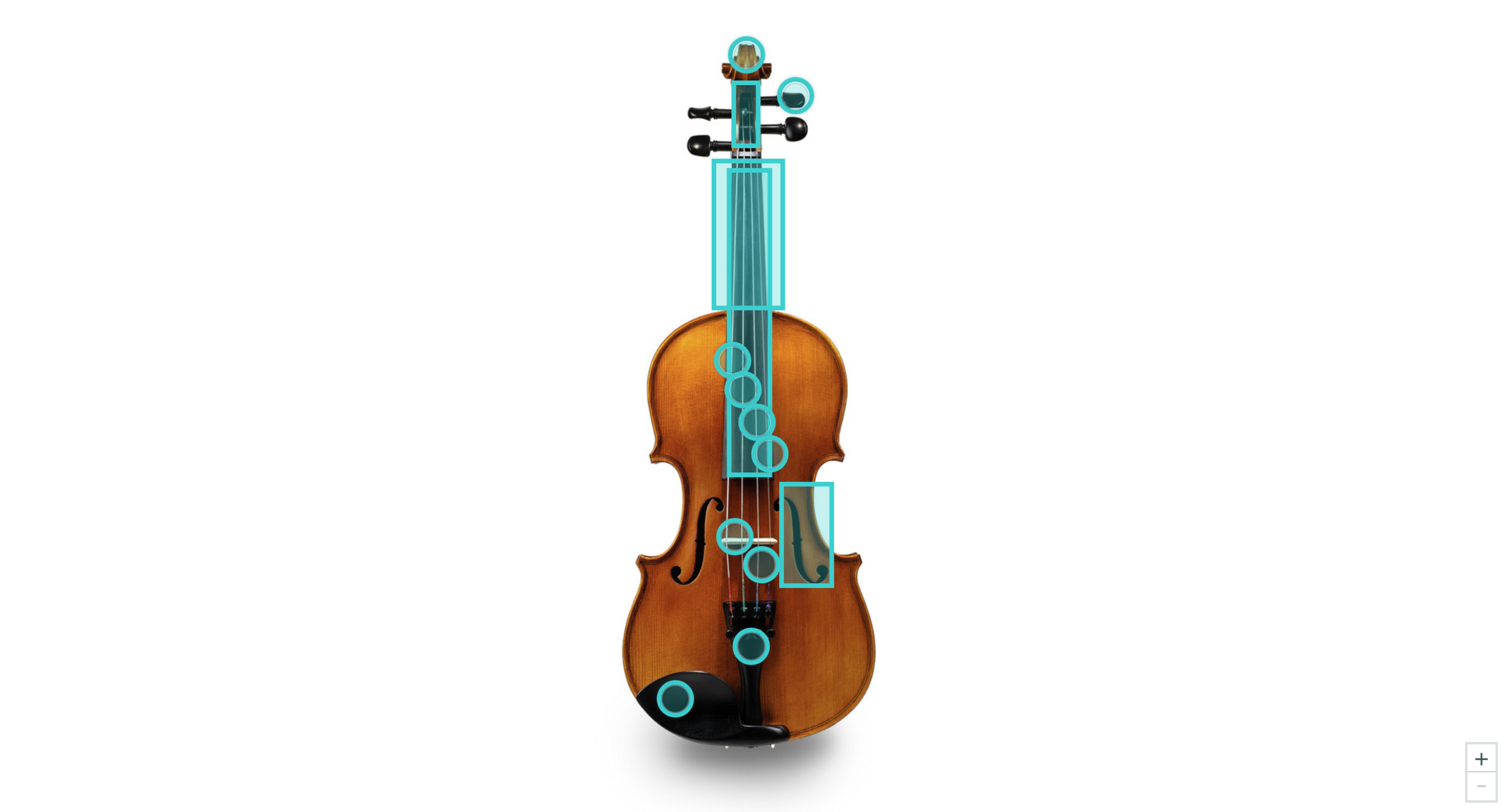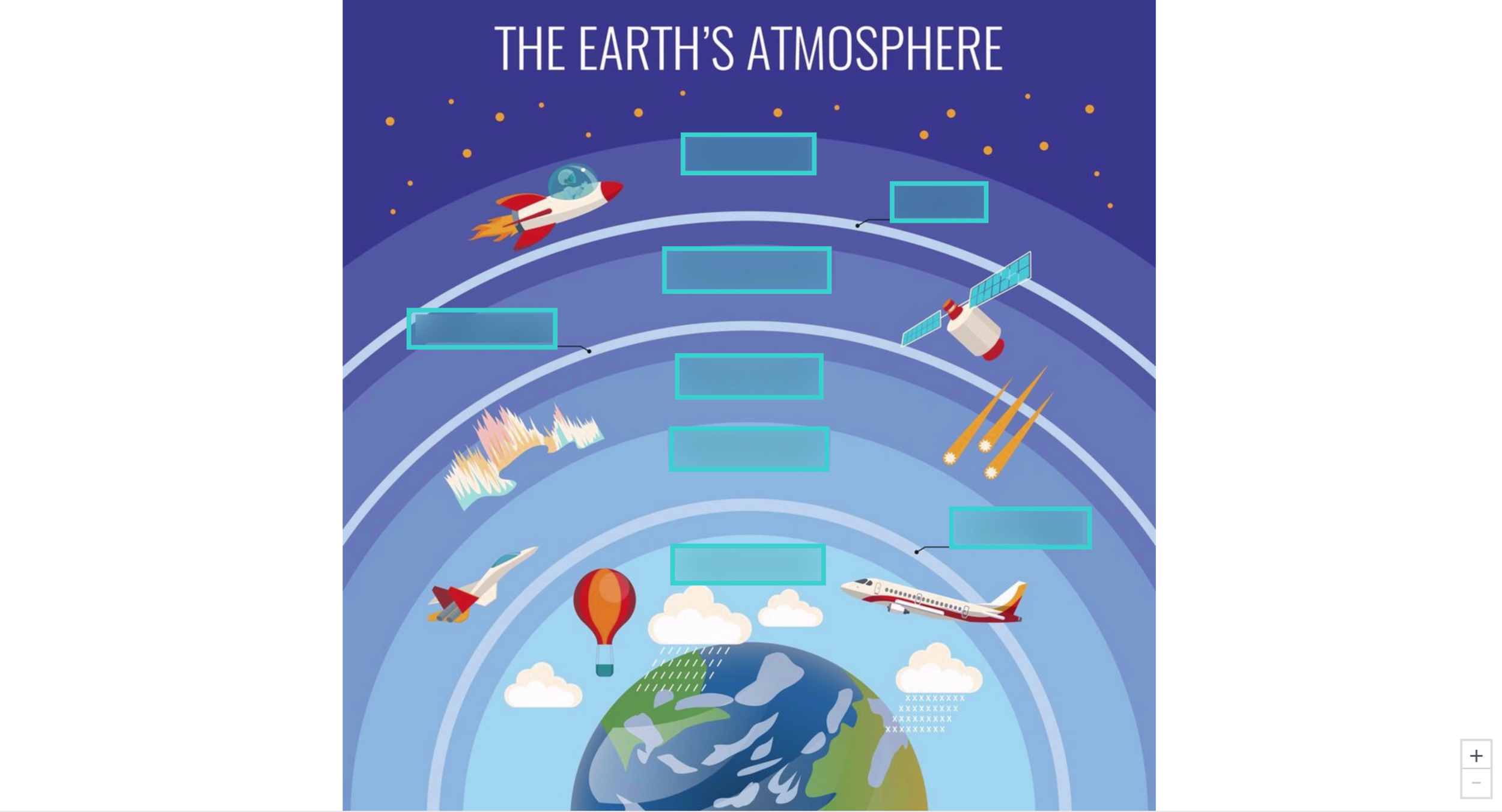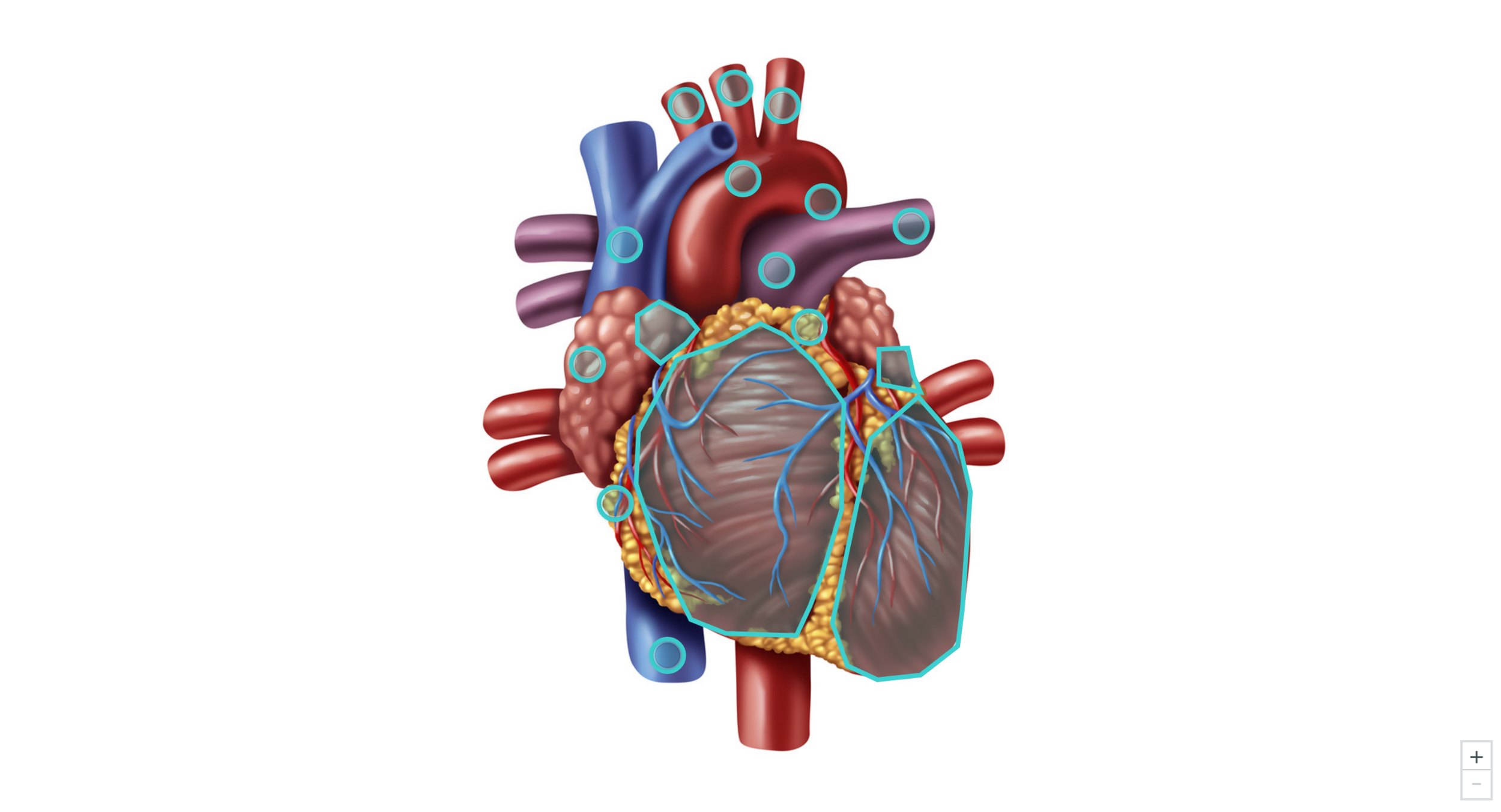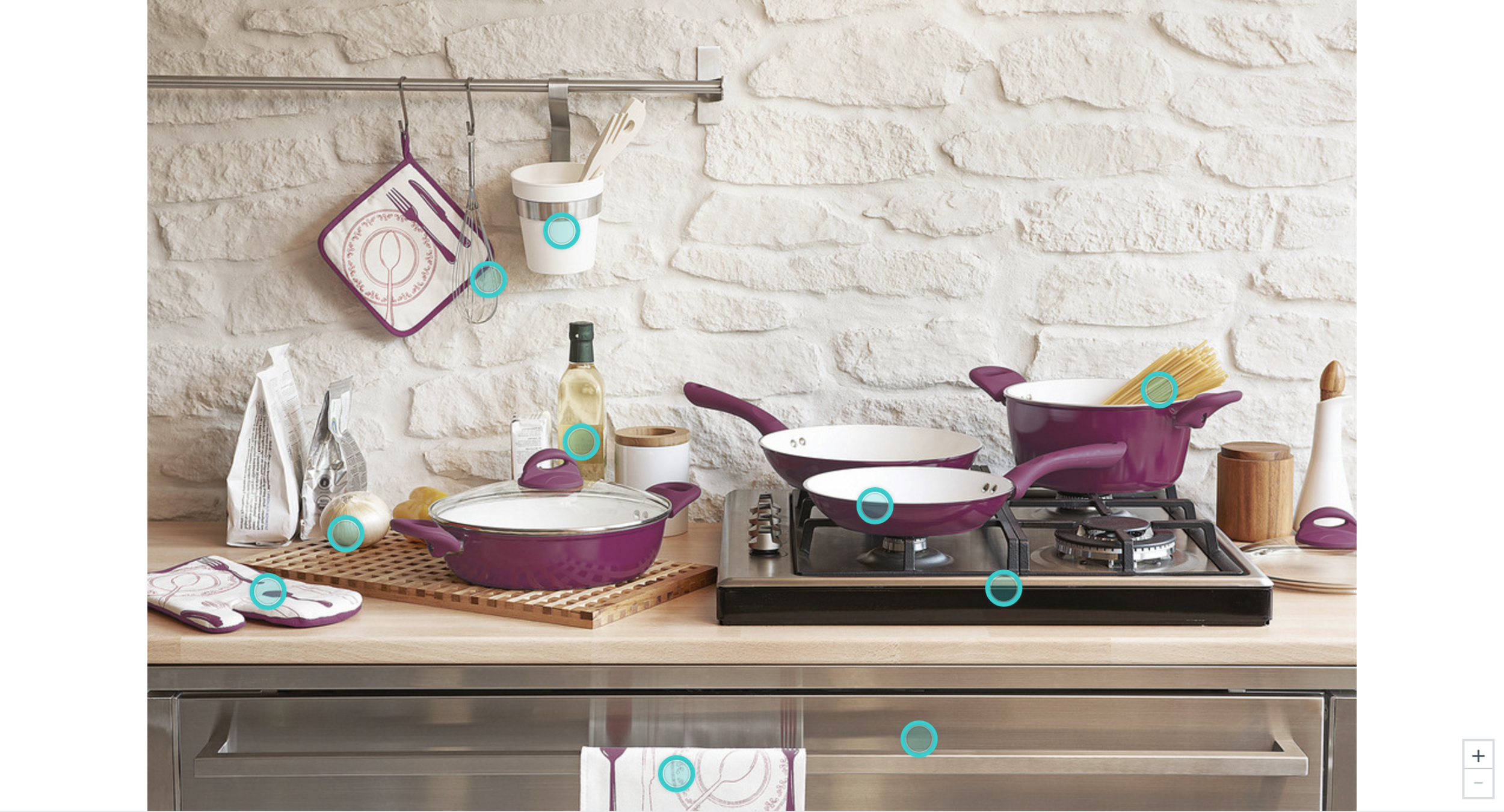Build Labeling Games with Quizlet Diagrams
Quizlet has been around since 2005, and the study tool continues to add new features. In 2016 Quizlet introduced Quizlet Live, a team-based way for students to study terms and definitions.
Now Quizlet has added Diagrams. Diagrams are helpful for studying content that requires maps, charts, or images. You can find and study interactive diagrams on a variety of topics at Quizlet.com and in the Quizlet app.
A diagram in Quizlet asks a learner to match terms with hotspots on an image. You can study diagrams in Learn or Match mode.
The best part about Quizlet Diagrams is that you can create your own for free. It’s as simple as uploading and tagging an image. Before examining how to make your own, check out some existing diagrams on Quizlet.
If you tried the Match mode with any of the above diagrams, you noticed that you received instant feedback, and the activity was not complete until you correctly matched all items. If you tried Learn mode, you noticed that you received instant feedback, and the items you got wrong are repeated.
Quizlet's diagrams and study sets can be used to reinforce or review content. Alternatively, they can be used as a preview. Sending students to a diagram they know little about can spark curiosity about a new topic. Just be sure students understand that they are not expected to match everything correctly in the diagram on the first try. And if hotspots in the diagram are tagged with a term and a definition, students can do quite a bit of learning while working with the diagram.
Yes, a teacher can browse diagrams and perhaps find one that exactly matches what she wants her students to learn. However, it is simple to create your own. When you make your own, you can use the exact set of terms you want students to study.
Creating your own diagrams with Quizlet.com is free but requires you to log in. After clicking create, you upload a photo. Then you can add three different kinds of hotspots to a diagram: a point, rectangle, or shape.
Point hotspots are a small circle.
Rectangle hotspots can be made any size.
Shape hotspots are polygons where each time you click, you add a vertex.
When adding hotspots, you might find it helpful to use the zoom controls in the bottom right of your image. Zooming can help you precisely place hotspots.
Note that free Quizlet users can tag up to eight hotspots to a diagram. Upgraded Quizlet Plus and Teacher users can tag a diagram with as many hotspots as they’d like. Sign up for a Quizlet Teacher account for $28 for a year using this link (regular price is $35 a year).
Quizlet Diagrams has only one image editing tool—a blur tool. If you have an image that is already labeled, you can blur them before adding hotspots.
After your diagram is created, you can copy its URL and share it anywhere: Google Classroom, through a QR code, URL shortener, website, hyperdoc, etc. Also, you can embed a diagram by clicking the More button (three dots) and choosing Embed.
It’s true: with Quizlet Diagrams, a teacher has the ability to create study aids for their students. However, I think students learn better by creating the diagrams themselves.
NPR has a story titled Why You Love That Ikea Table, Even if It’s Crooked. The Ikea Effect is the name for the psychological phenomenon that occurs when consumers place a disproportionately high value on products they partially created. Researchers found that when people use their own labor to construct a particular product, they value it more than if they didn’t put any effort into its creation. Read their paper The Ikea Effect: When Labor Leads to Love. I bring this up because I think by creating their own study aids, learners place more value on their learning.
Where can teachers and students get the images to use in a diagram on Quizlet? Lots of places! Perhaps it's a photo taken with a smartphone. Perhaps the image is found in a web search. Perhaps it's from an image hosting website. Here is a list of my favorite copyright-friendly websites for photos and clipart.
Or, your diagram might require a complex graphic made by bringing together different photos. And maybe the photo requires lines and arrows in order to be an effective diagram. Since Quizlet Diagrams does not have the ability to edit images (other than blurring), you will need to prepare complex images using an app or website. Pic Collage, PowerPoint, Keynote, and Explain Everything come to mind as some of the great tools for preparing your image for Quizlet Diagrams.
One of the handiest design tools for cropping, combining, and annotating images before uploading to Quizlet is Google Drawings. If you want to learn more about Google Drawings, then you’re in luck! I lead a six week online workshop called Classy Graphics. I share lots of techniques, tips, and tricks for creating classroom-oriented documents and graphics. The class takes place in Google Classroom and features a new video and optional assignment each week. Read more about this unique online learning opportunity for educators.
An alternative to Quizlet Diagrams is PurposeGames. Diagrams on Quizlet are a lot like the image quizzes that can be played and created at PurposeGames.com. You can search and explore PurposeGames to see the kind of content that is freely available.

